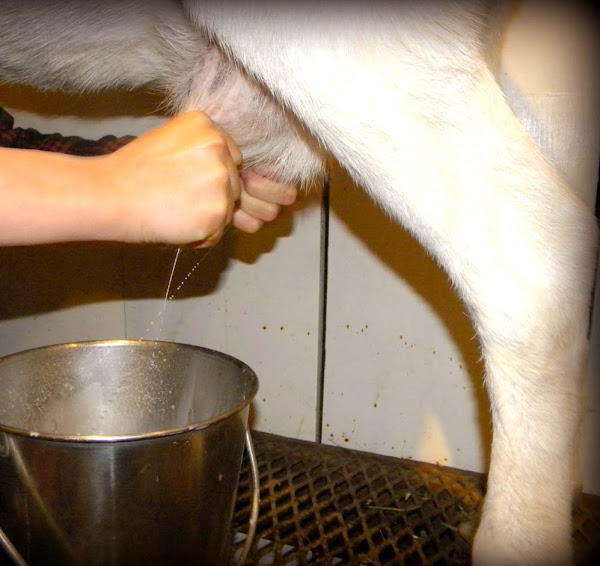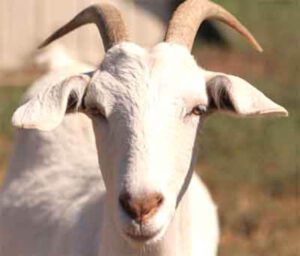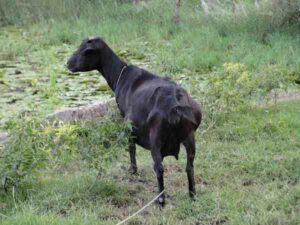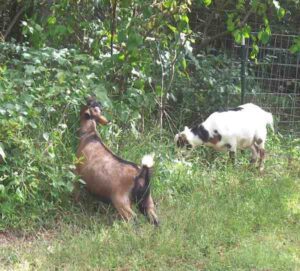A regular goat milking routine is a must when you are managing a herd of dairy goats. So, it’s important to know ‘how often do goats need milking’.
Pain and discomfort can caused to your goats due to waiting too long for milking a lactating doe. Actually, the frequency of milking a dairy goat depends on various factors.
How Often Do Goats Need Milking
Milking frequency depends on the amount of milk you would like to keep for yourself, whether or not you are trying to stop production, and how long it has been since your doe first freshened and obviously your business.
On an average estimation, more than 460 million goats throughout the world produce about 4.5 million tons of milk per year. However, here we are trying to discuss more about the topic ‘how often do goats need milking’.
Running Dry
Never stop milking a doe suddenly, if you are willing to encourage her to stop producing. Doing that will cause extreme pain. Help your goat’s milk supply dry up instead.
Decrease the amount of grain in your milking doe’s diet. Decreasing the amount of grain will discourage your doe’s body from producing milk. Begin milking your goat once every other day for two weeks, once you notice milk production is decreasing.

After that milk once every three days for another week. At this point, milk production of your does should be very slow (or have stopped altogether). And it’s the safe method for you to quit milking.
Nursing the Kids
Milk your does once per day, if you allow your goat’s kids to nurse part-time. Keep the kids separated from their mother at night. But make sure the kids have access to fresh hay, grain and sufficient clean water.
In the morning, milk your does and then allow the kids to nurse throughout the day. Depending on breeds, dairy goats produce about one pound to a gallon of milk daily. You can expect half production, if you separate the kids at night and take only the morning milk.
You should keep an eye on your doe’s udder while her kids are nursing. If your does are nursing on one side only (leaving the second half full), then release some of the milk by hand to alleviate discomfort. You can milk your doe once per day, if she has only one kid.
You can also leave her kid with her all the time and milk once. Usually, a healthy doe will produce sufficient milk for both of you and her kids. You need to separate the kids at night to get milk, if your does have twins or more kids.
Peak Production
Your goats will begin lactating, after they give birth to their kids. Most of the commercial dairy goat farmers remove kids from their mother and start bottle-feeding them by using milk replacer or any formula.
You can keep all the milk your does produce with such approach. The peak production time of your goats will begin two months after the birth of their kids and then slowly taper off from there. Milk your does after every 12 hours during peak production time.
Success Secrets
You can use a stanchion while milking your goats or milk by traditional methods. Using a stanchion will ease pressure on your back and simplify the milking process. A stanchion is a metal or wooden platform for your does to stand on while you milk.
Some stanchions come with head gates, which secure a doe’s head and keeps her from jumping off the platform. During milking your goats, you can feed them grain or hay. Doing this will encourage them to stand still during milking.
And don’t forget to wash your doe’s udders with warm water. Warm water with 110 degrees Fahrenheit temperature will be comfortable for your goats. Dip the teats in a cleansing solution designed for lactating animals after you’ve finished.
Doing this will help to prevent bacteria from entering the teat and decreases the likelihood of mastitis. For keeping hair and dirt from falling into the milk, partially cover the pail while milking.






